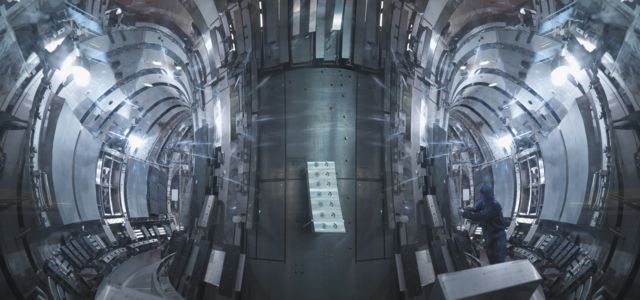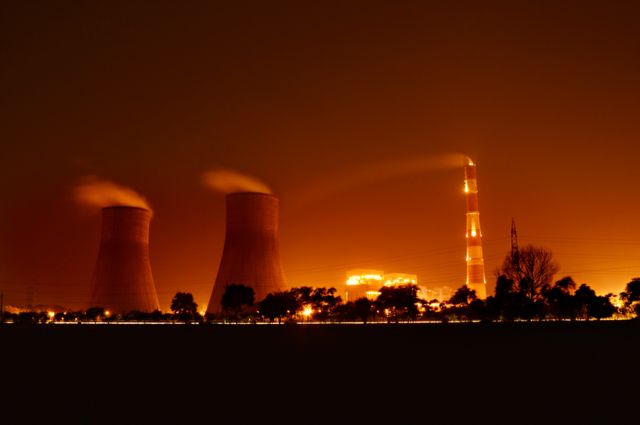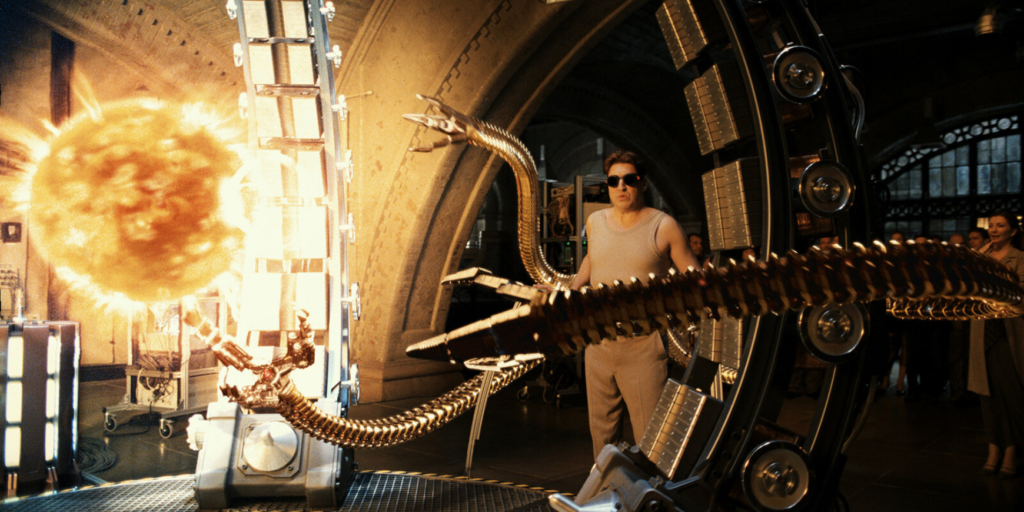Be it home or office, agriculture, industry, and travel. Man needs one thing to do any work. Energy. Scientists in America have achieved great success in developing a new, clean, and non-exhausting source of this energy, i.e. nuclear fusion.
Nuclear fusion is actually a natural process that lights up the Sun and other stars as well. But scientists have been trying to simulate this process artificially in the laboratory for almost a hundred years.
Recent research in America has taken man a step closer in that direction. This research has the power to bring drastic changes in the course of mankind.
What is nuclear fusion?
You may remember learning in school that an atom is the smallest particle of any element and that when two atoms join together, they form a molecule.
When the nucleus of an atom splits or fuses, it produces energy.
The process of splitting atoms to produce energy is called nuclear fission, while the process of joining atoms to form new atoms is called nuclear fusion. In Marathi, nuclear fusion is called Anu Sammeelan or Anu Salyan.
Nuclear fusion is very important for our existence. Because it is through this process that energy is generated in stars like the Sun.
That is why, while describing the experiment of nuclear fusion, some call it the experiment of creating an artificial sun.
Light atoms of hydrogen gas in the Sun collide to form helium atoms. The remaining mass is converted into energy.
In 1920 British scientist Arthur Eddington proposed the theory of energy generation by nuclear fusion.
A decade later British scientist Ernest Rutherford successfully proved it in the laboratory.
Exactly how much energy is produced in this process? This can be estimated from the well-known equation E=MC2. Albert Einstein proposed this equation.
Then in 1950 in the Soviet Union, Andrei Sakharov and Igor Tam designed a nuclear reactor using magnets.
Known as the Tokomak, this design became the basis for research on fusion.

But scientists still haven’t fully figured out how to do this process on a large scale and safely. In 2022, however, this picture seems to be changing.
What did the new research reveal?
In February 2022, researchers in the UK managed to generate energy through fusion for more than five seconds. Now, before the end of the year, scientists in America have got a big breakthrough.
The research was done by the Lawrence Livermore National Laboratory in California. It cost 3.5 billion US dollars.
In this research, hydrogen-filled in a small capsule was heated up to 10 million degrees Celsius by a powerful laser.
It was pressurized a hundred billion times the Earth’s atmosphere.
An energy of 2.05 megajoules was used for that
This process eventually produced 3.15 megajoules of energy.
This energy is only enough to heat water by filling 15-20 kettles. But it could revolutionize power generation in the future.
Because for the first time, more energy has been produced than the amount of energy used for the fusion process. And that’s why it’s important.

The importance of nuclear fusion?
Building the machines required for nuclear fusion is not easy and requires a lot of energy.
The process of nuclear fission is relatively simple. So it developed quickly and today all nuclear reactors around the world are based on nuclear fission.
But the process of fission produces a large amount of radioactive waste, which can take years to decay.
In comparison, fusion energy generation produces less waste, decomposes quickly, and produces no greenhouse gases from the use of this energy.
Of course, power generation using fusion will help curb climate change, say scientists.

Therefore, some major countries around the world have come together to research nuclear fusion and are working on the International Thermonuclear Experimental Reactor (ITER) project in Southern France.
The ITER project involves the European Union countries, the US, China and Russia.
India is also part of this project. The Institute of Plasma Research in Ahmedabad, an institute under the Department of Atomic Energy, is producing some of the components required for ITER.
If this project is successful, clean and cheap electricity will be available through nuclear fusion in the second half of this century.

